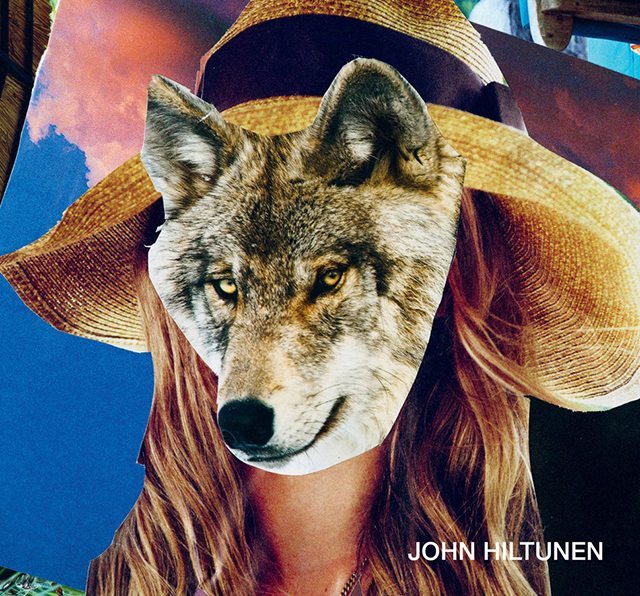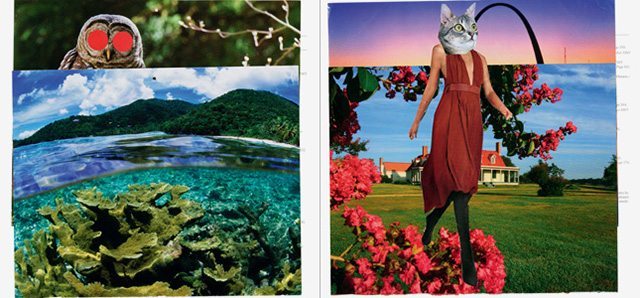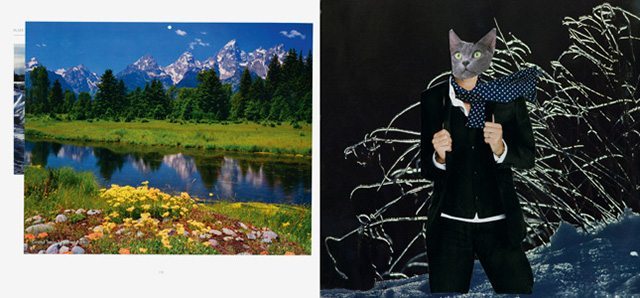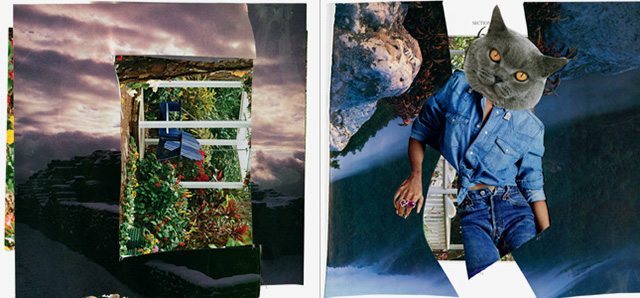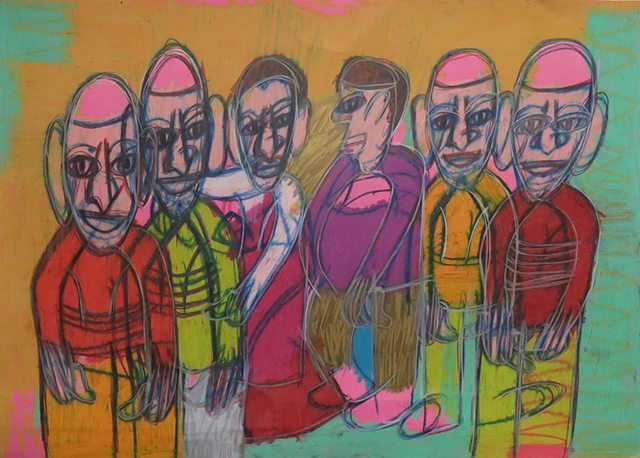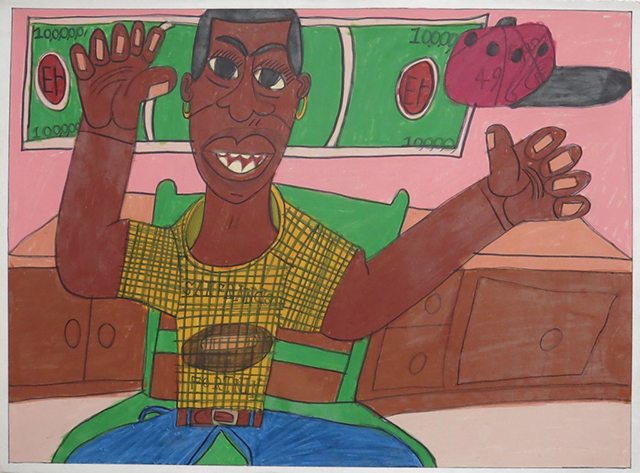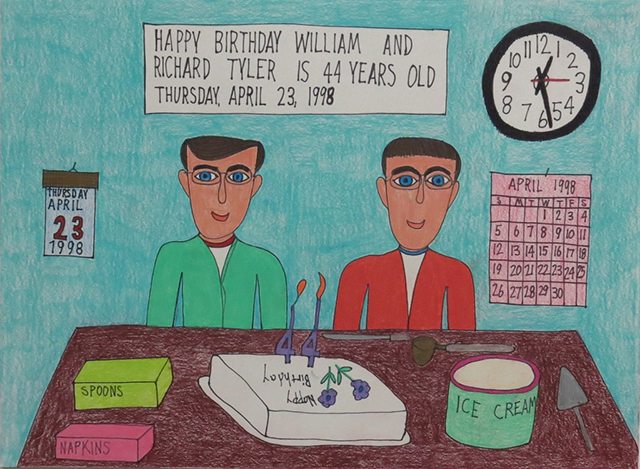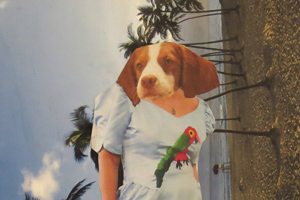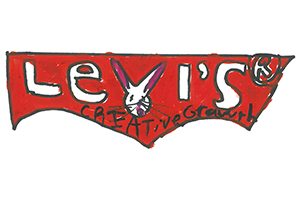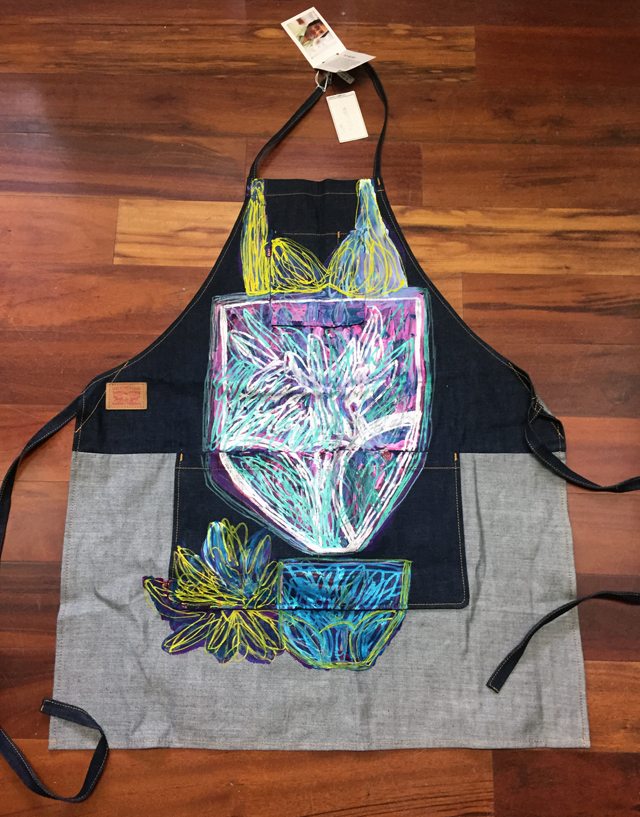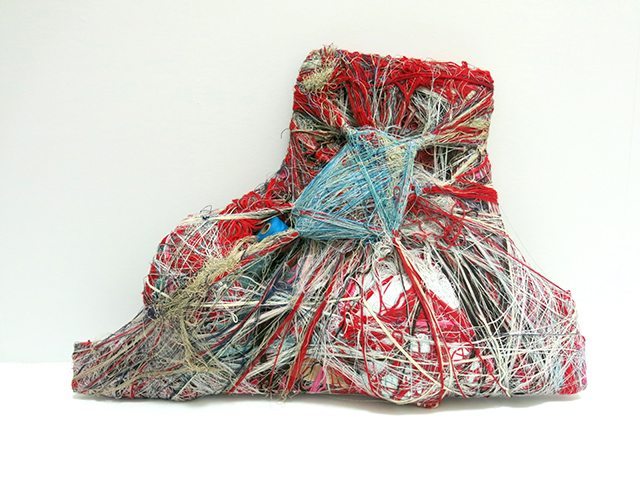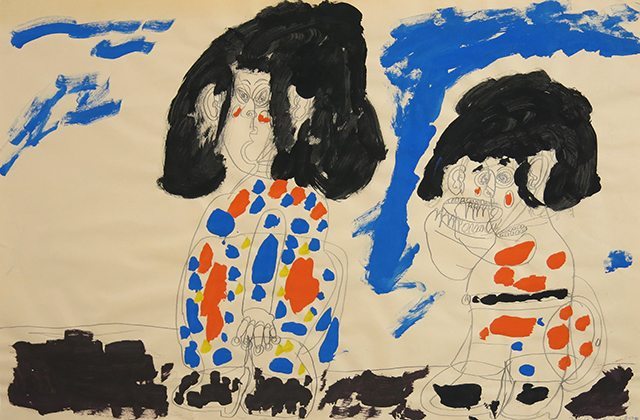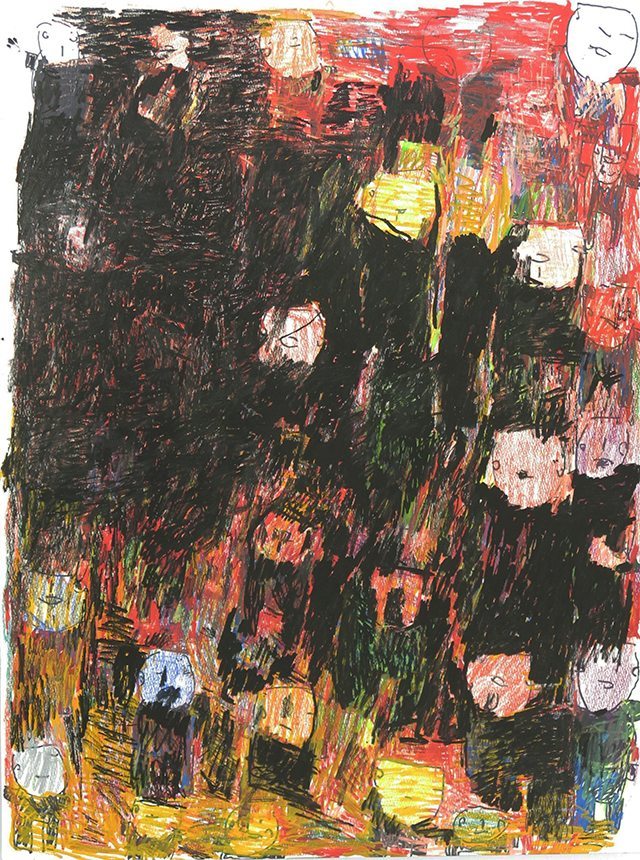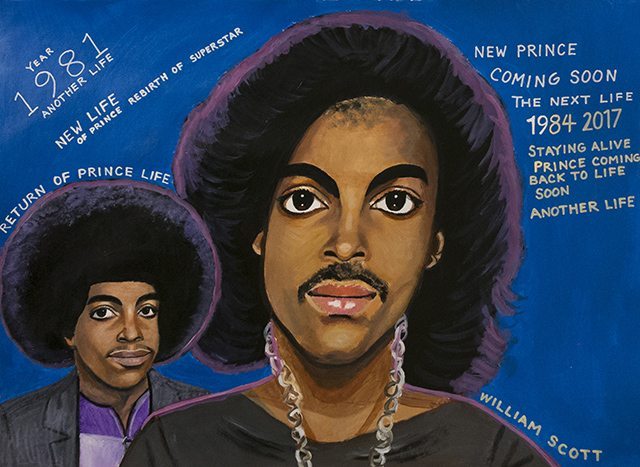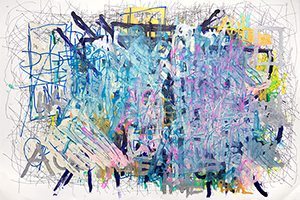By Fran Schechter
October 26, 2016

Judith Scott fit the textbook definition of an outsider artist: she had Down syndrome, was non-verbal and spent much of her life in an institution.
Made by people outside the mainstream art world – visionaries, eccentrics, psychiatric patients – outsider art's become a major force in the U.S., with its own galleries and museums, glossy magazine (Raw Vision) and art fair.
But Scott's startlingly contemporary sculptures are getting exhibited without qualification, making us question whether the outsider category still serves a purpose.
Says curator Matthew Hyland, who's brought the Scott show to Oakville Galleries, "It's been an ultimately unsatisfying and unsuccessful exercise to place the work of artists with disabilities into its own school or movement. It separates them from the general culture and suggests they live in a different world than we do.
"There's been a turn away from that, this exhibition being an example. Scott's work is significant not as a body of outsider art but as a body of contemporary sculpture."
Though many writers warn us not to read too much of Scott's biography into her art, her story is too inspiring to ignore.
Judith and twin sister Joyce were born in the U.S. Midwest. A childhood illness left Judith deaf, a condition that went undiagnosed for years. At seven, Judith was put in an institution, where she remained for 37 years, until Joyce got custody of her and brought her to California.
Joyce enrolled Judith in Oakland's Creative Growth Art Center, where at first she showed little interest in art. Then a textile workshop awakened her, and she spent most of the next 18 years, until her death in 2005, constructing her amazing wrapped sculptures in her own workspace at the studio.
Creative Growth first circulated Scott's work in an outsider context.
"But there was an understanding that it would ultimately transcend those categories. There was an inevitability to it," Hyland says. "For me, these are just some of the most remarkable sculptures that have been made in the last 70 years, full stop."
Last spring, Eliza Chandler, then artistic director of Tangled Art + Disability, which opened Tangled Art Gallery at 401 Richmond, told NOW that outsider shows often "send a message that the work is brilliant in spite of the artist's dislocation, madness, disability or isolation. It leaves us with the idea that disabled artists can't improve. Tangled works really hard to push back against that presumption."
On the other hand, Ellen Anderson, founder of Creative Spirit Art Centre, a 24-year-old Toronto studio and gallery inspired by Creative Growth, feels Canada lags behind the U.S. in promoting outsiders.
"They're a much more sophisticated art market. We're very naive and provincial in Canada. We've given Scott an exhibition, but we haven't given anyone here an exhibition."
She links the burgeoning U.S. outsider market to provisions about art in the Americans With Disabilities Act. "Access to the arts there is a right, not a privilege," she says.
Scott's story leads us to wonder if other artists with untapped potential are languishing, waiting for support and opportunity. The show also raises fundamental questions about what makes art speak to us - not verbal explanations or intellectual rigour, but its creator's passion for a unique visual language.
Judith Scott at Oakville Galleries, Centennial Square (120 Navy, Oakville), to December 30. 905-844-4402.
Click here for original article.
